
What’s going on out on the land?

Two More Coracoids
I have written about coracoids before, but since realizing they are very helpful in the identification process of birds, it has become a bit of an ongoing puzzle now.
This post is about finding two dead birds and using their coracoids to sort out who they were with a little more certainty.
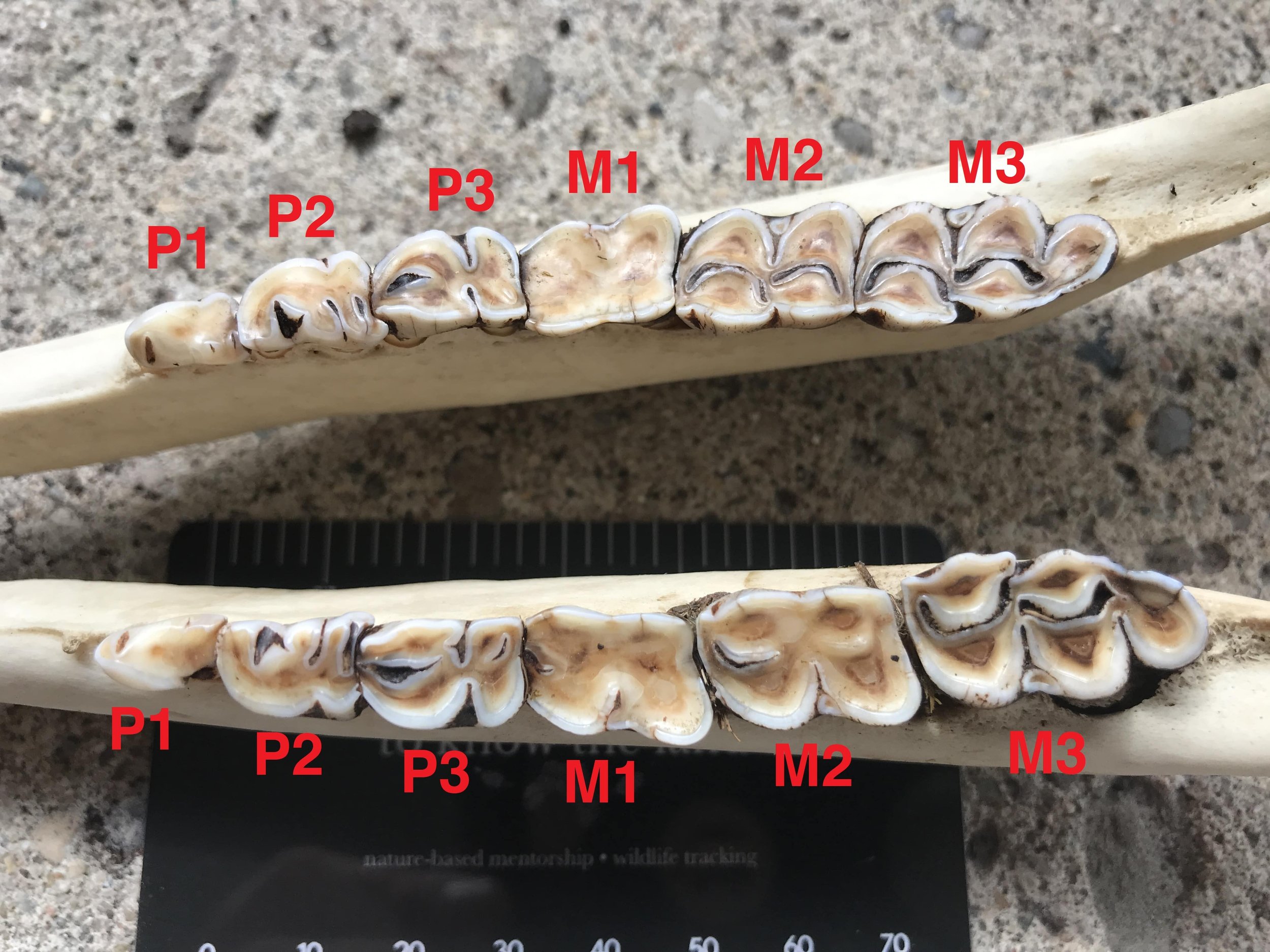
How To Age A White-tailed Deer by Looking At The Teeth pt. 2 : Older Deer
At the end of April I was attending a Track and Sign Evaluation. On the second day of the two day eval we came across a female White-tailed Deer carcass and were asked the question of how old the dead Deer was when she died. We were given three options to choose from based on what we could see. The three options were: A) 1-3 years, B) 4-7 years, or C) 7 and up.
Well, when I got home I started I realized I had a lot more research to do.

Two Coracoid Bones
Last weekend I was in Grey County helping with a mock tracking evaluation. At the beginning of our second day of the mock eval, I found a small bone near the edge of an old plantation. It was short, “hooked” at one end with a sharp chisel like edge at the other end. There appeared to be a couple of points where the bone could articulate (connect) with other bones in whoever’s body this bone belonged to. Along a flat surface of the bone there were small thin ridges which I ran my finger along, over and over as I wondered as to which animal the bone may be from? I knew I would have to look into it more.
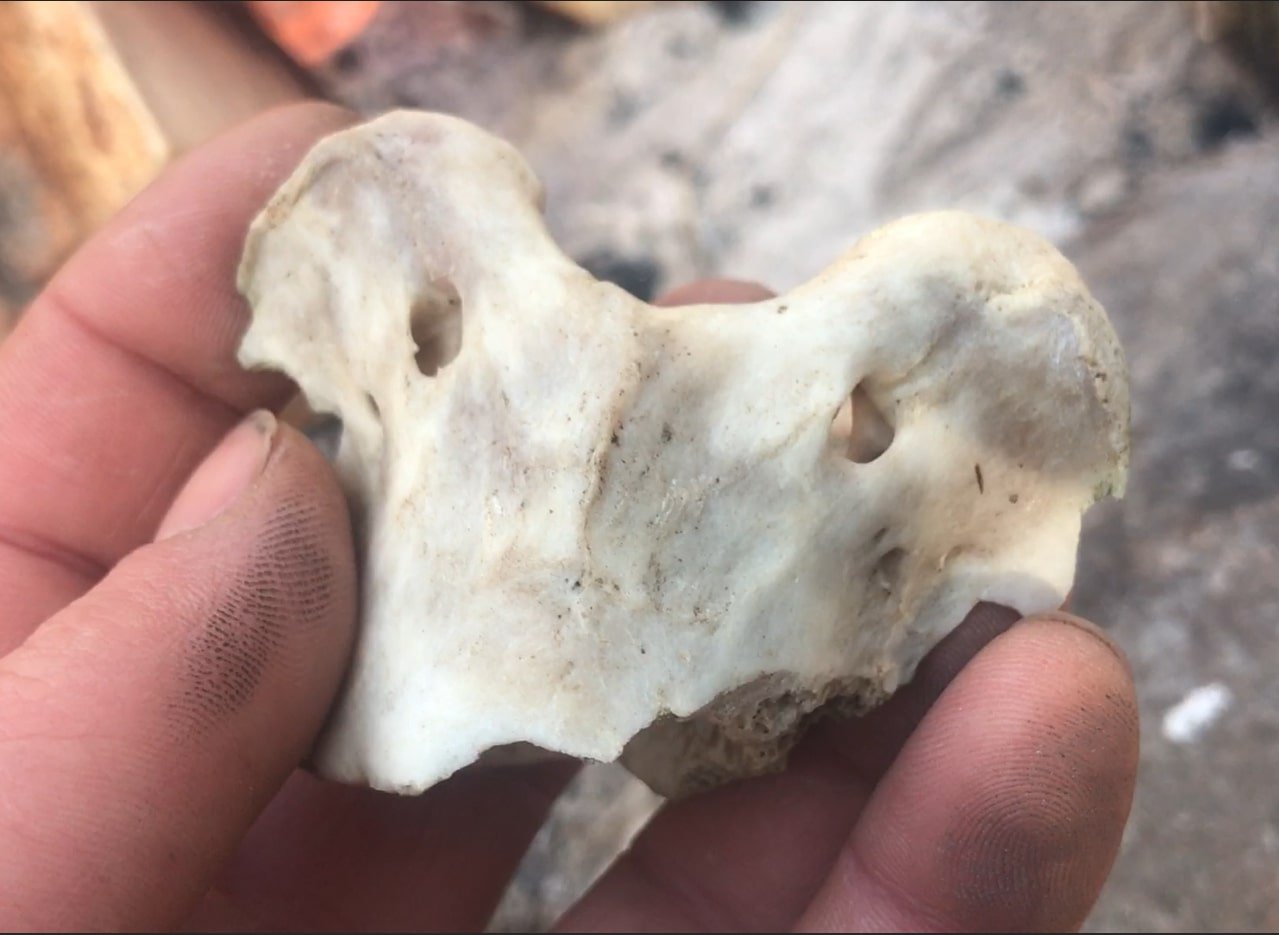
Atlas Bone of White-tailed Deer
On one of my tracking study calls a photo was presented and everyone was asked to identify the bone that was shown. Somehow a few people were able to identify it rather quickly. I had never heard of the bone before but took note. I love learning about the skeletal structures of animals and spend a lot of time on it, but how did I miss a bone that so is so important to an animal, and that so many others knew? I needed to learn more about this bone.

White-tailed Deer Sternum
I went for a walk by myself the other day to scope out an area I was going to be going with some students. I wanted to see which areas would be worth investigating and get a sense of how long it would take to get to different landmarks I thought might be worthwhile to go with them. While I was out in a part of the forest I didn’t even consider would be that interesting, I came across a bone, or a series of bones rather, which I wasn’t familiar with. I had to take some photos and knew I would be looking it up when I got home.
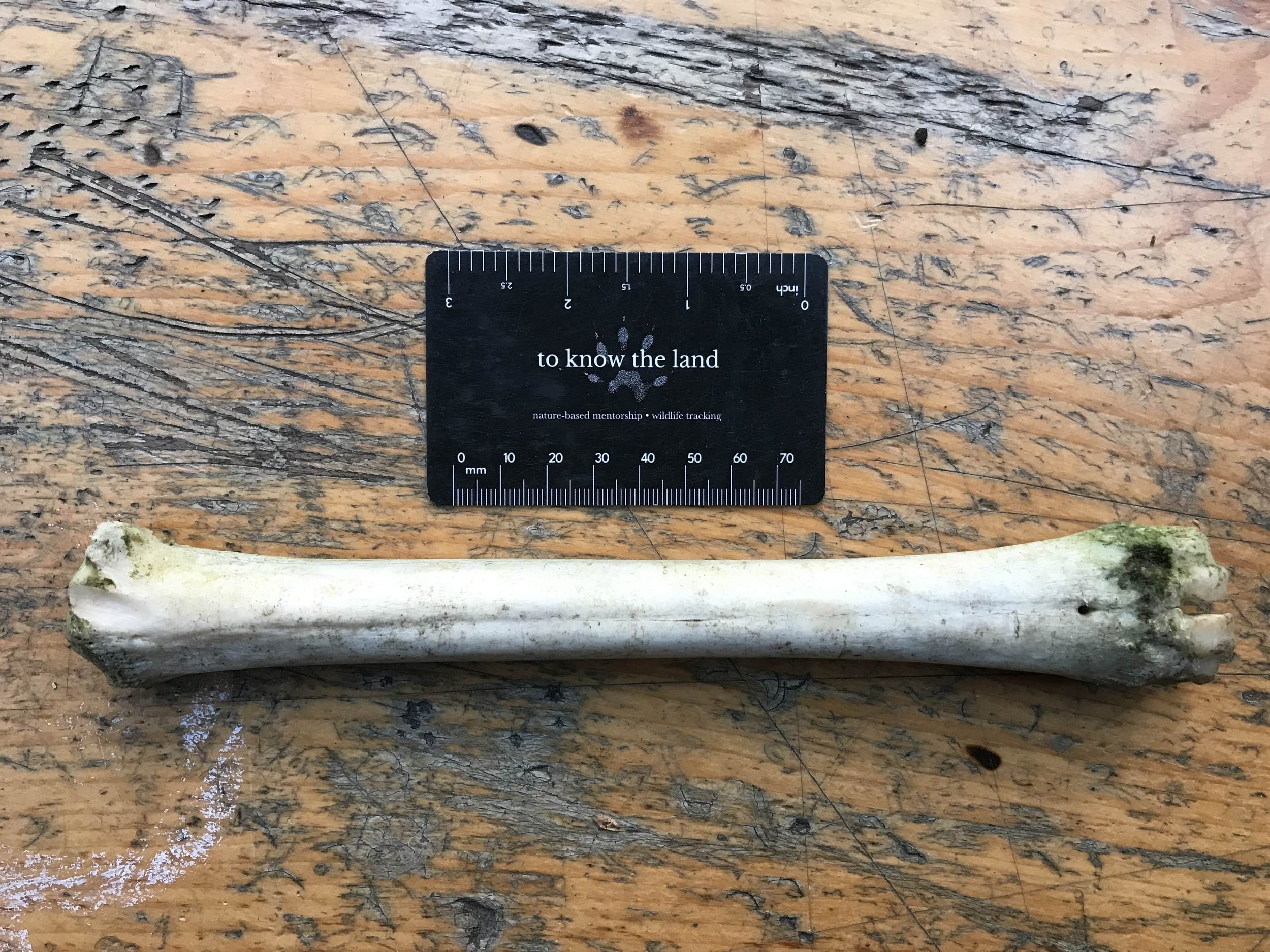
Metacarpal or Metatarsal?
I have been thinking a lot about bones lately.. I guess I think a lot about bones all the time, but lately I have been trying to consider them more completely, in relation to one another, and to better be able to identify which bones are which, where they come from on the body, and which bodies the particular bones I find make up? There are so many questions that come wrapped in bone that it’s kind of fun to take the time to consider some of them.
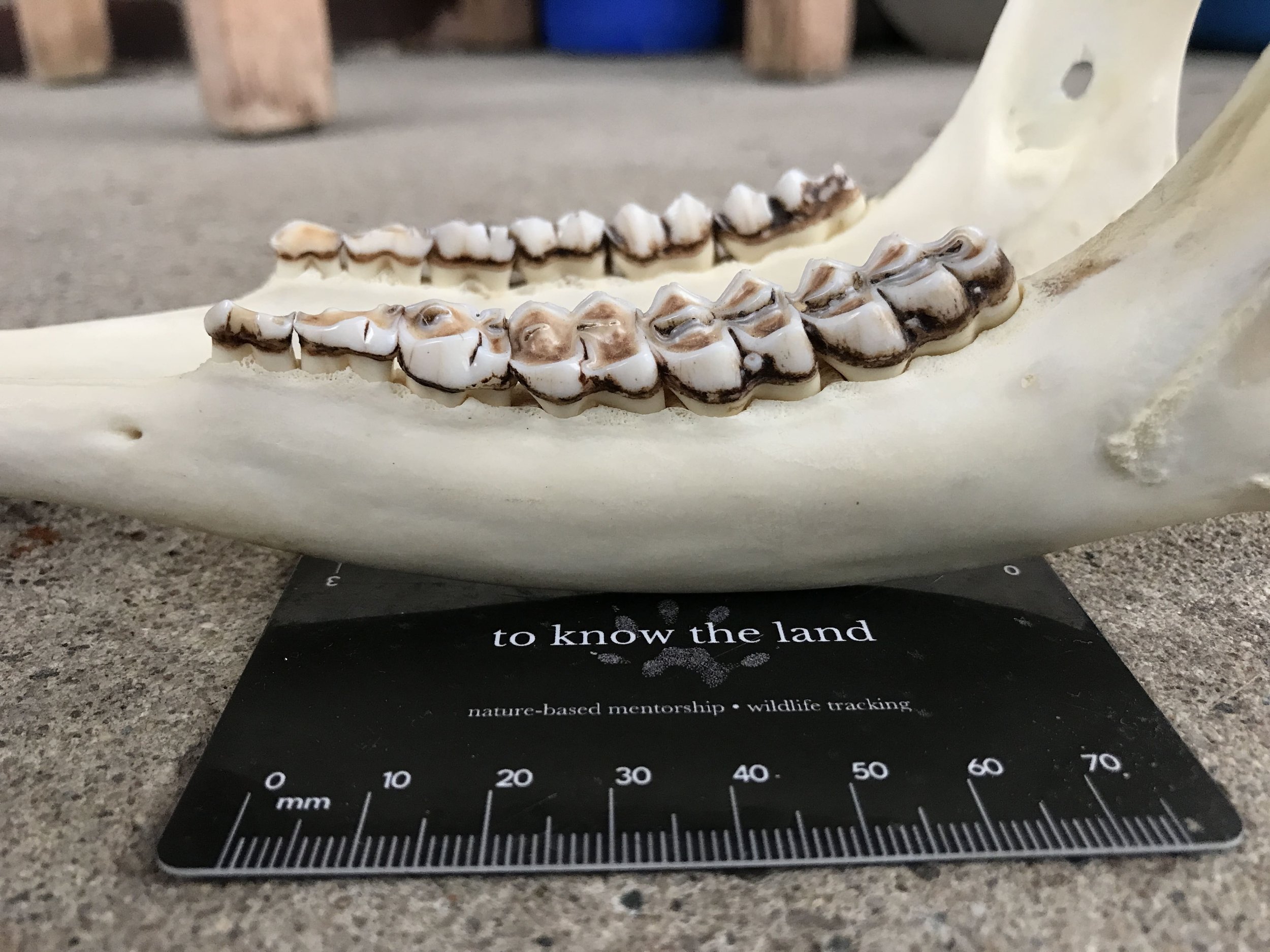
How To Age A White-tailed Deer by Looking At The Teeth, pt. 1 : Younger Deer
A lot has been studied and written about on the topic of White-tailed Deer. But despite reading a ton of it, I still find it trying to find all the various pieces of information and put it all together, unless I write it up myself. Here is my attempt to consolidate and better understand how we can come to know a deer’s age at the time of their death by looking at the teeth which remain.
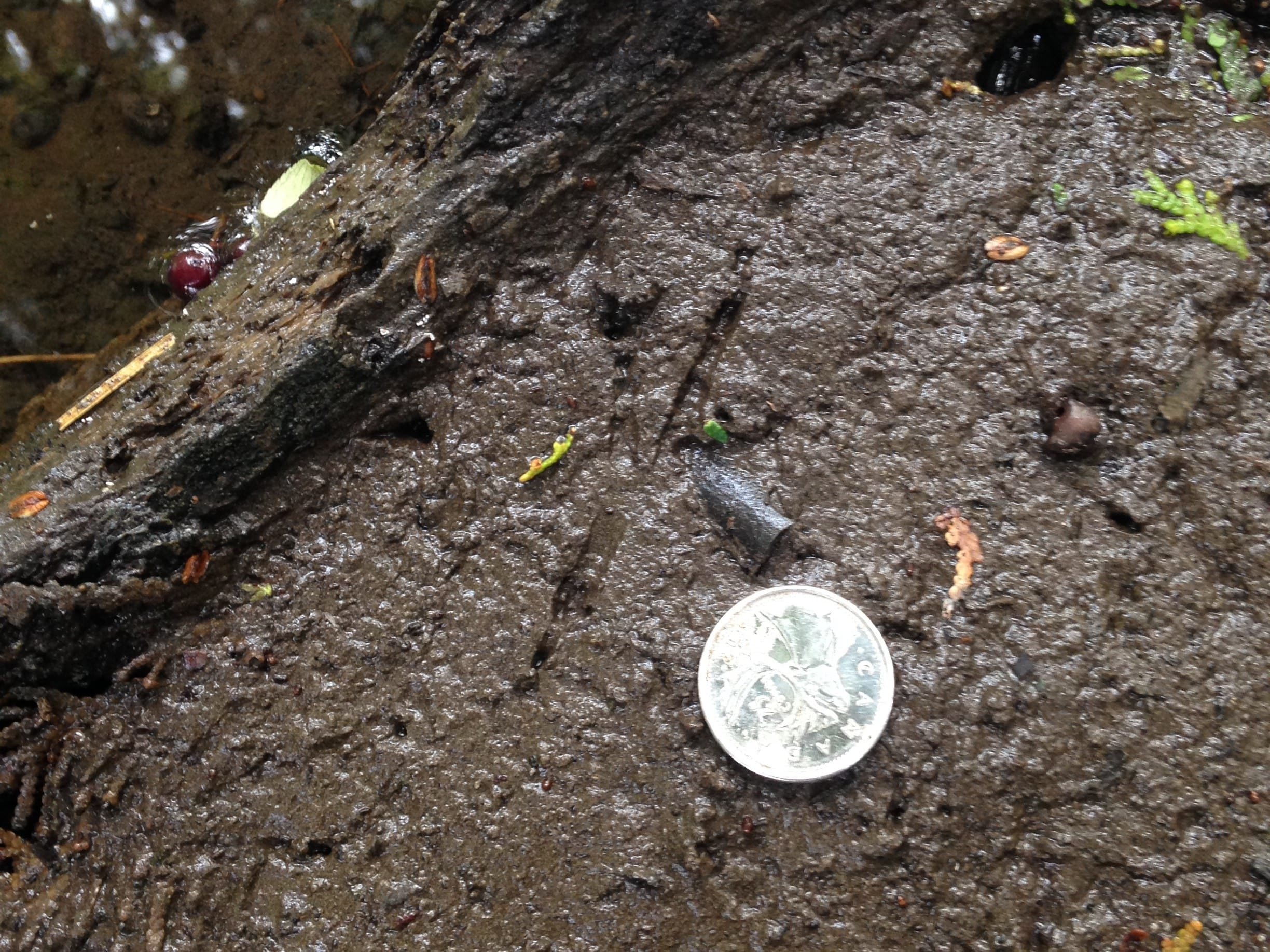
Tracking the Smith Loop, 2022.09.05
hello,
i'd like to go tracking today. I'm going to head out this afternoon, maybe to smith trail because i just need to wander. want to come? i know it's last minute, so no pressure, but it would be fun to track with you.
carolyn
I was just thinking that I wanted to get out for a little and see what I could find, but I couldn’t decide where to go and I was in the midst of researching. I needed a push and when Carolyn’s email arrived, I was stoked. I was most definitely down to go.
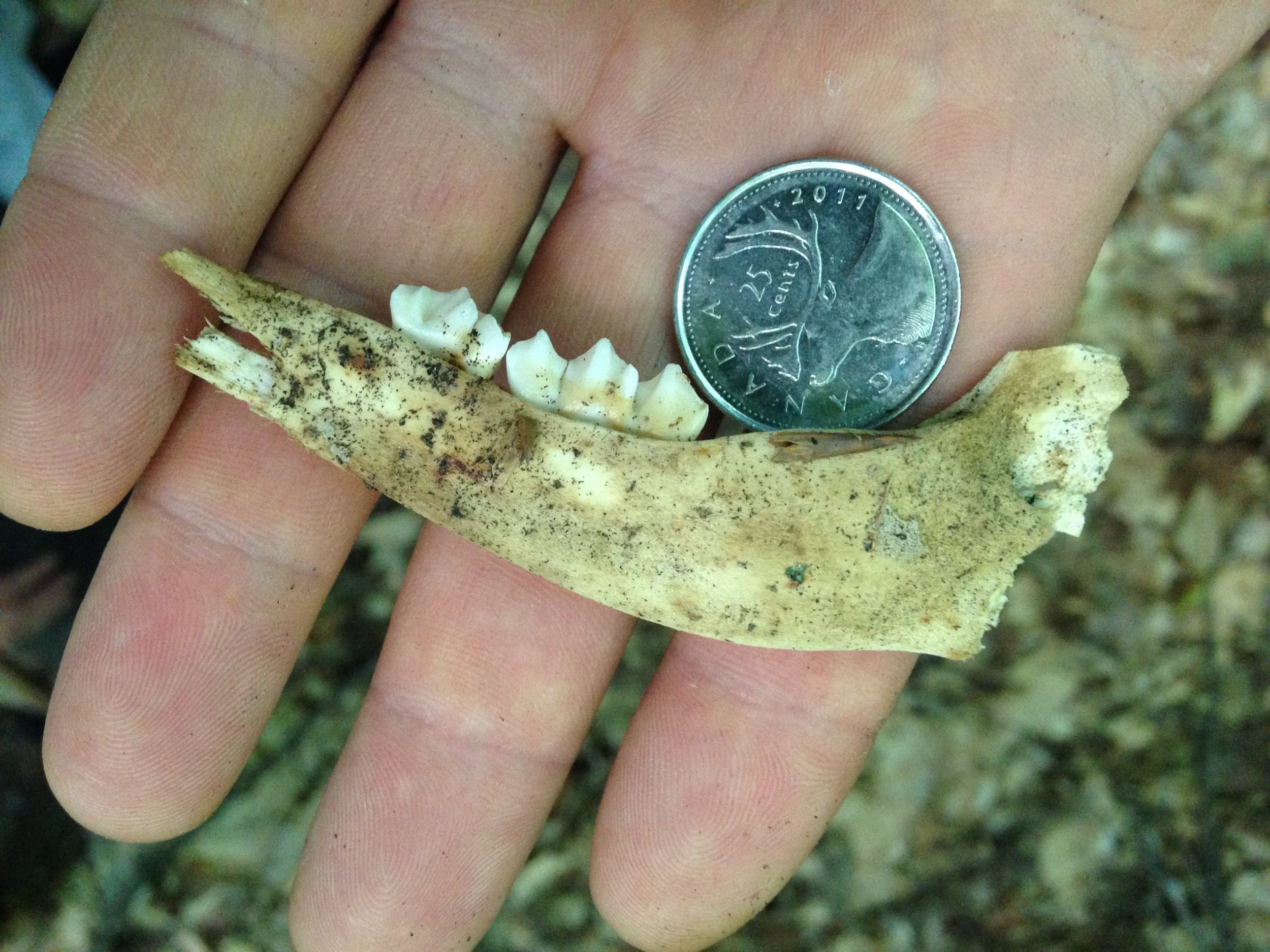
A mystery while tracking in Lake of Bays, 2022.08.13
The skill set of identifying a fresh trail with certainty in the jumbled quilt of the Summer forest floor is definitely an art and science with which I have little purchase… but a skill set that I do feel a growing confidence about is bone identification, and while making our way up the hill in the leaf little there was a small mandible laying fairly exposed with the lingual surface (the side which would be closest to the tongue in the living animal) facing the canopy.
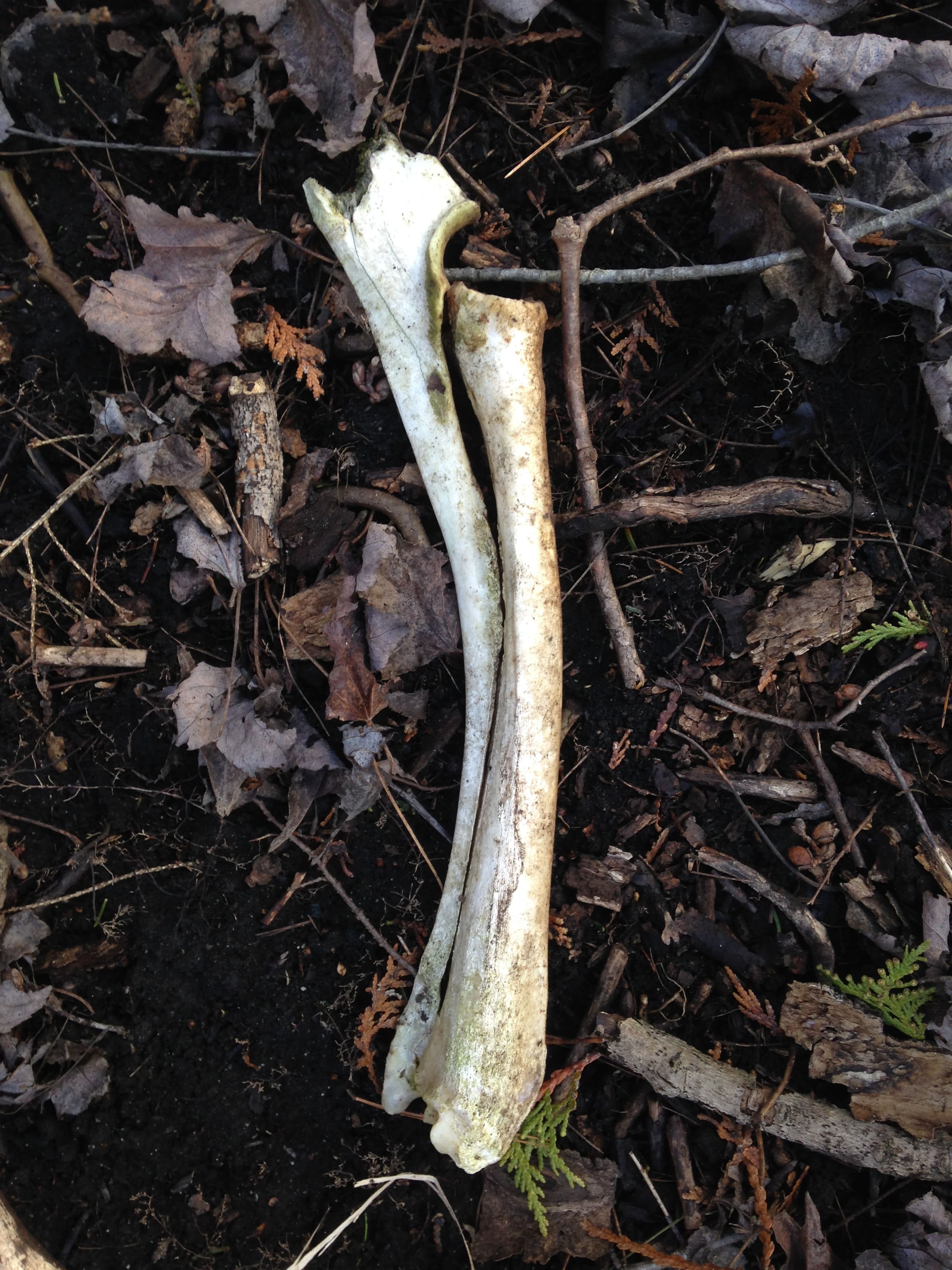
What bones did we find?
I went for a walk with my partner and we found a bunch of cool things while we were out, like Yellow Birch seeds, lots of White-tailed Deer scat, all sorts of neat lichens, and also a couple of bones, which based on their size were most likely from the White-tails.
The first bones I found were pretty interesting, quite a good length and size. It was also cool because it seemed like two bones fused together. I figured this would be a simple bone to figure out where it was from on this other animal, and I figured I should learn more about what purposes this bone supports.
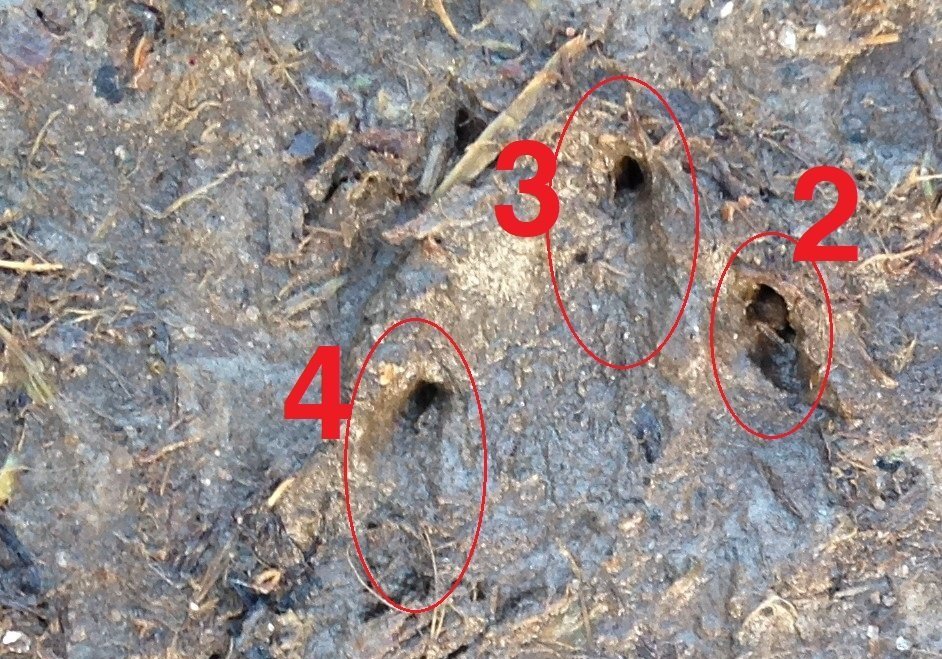
A Closer Look At Rabbit Tracks
I have been trying to study Eastern Cottontail Rabbit (Sylvilagus floridanus) tracks with more intention for the past year. I have also wanted to write about something about some of the things I have been looking for specifically when I come across Rabbit tracks. Lately for me, it has been about the individual toes of the Rabbit tracks and their positions. The toe positions can tell us a lot about which of the feet we may be looking at. Is it a left front or a right front? If we look close, and know what to look for, the toes will tell us.
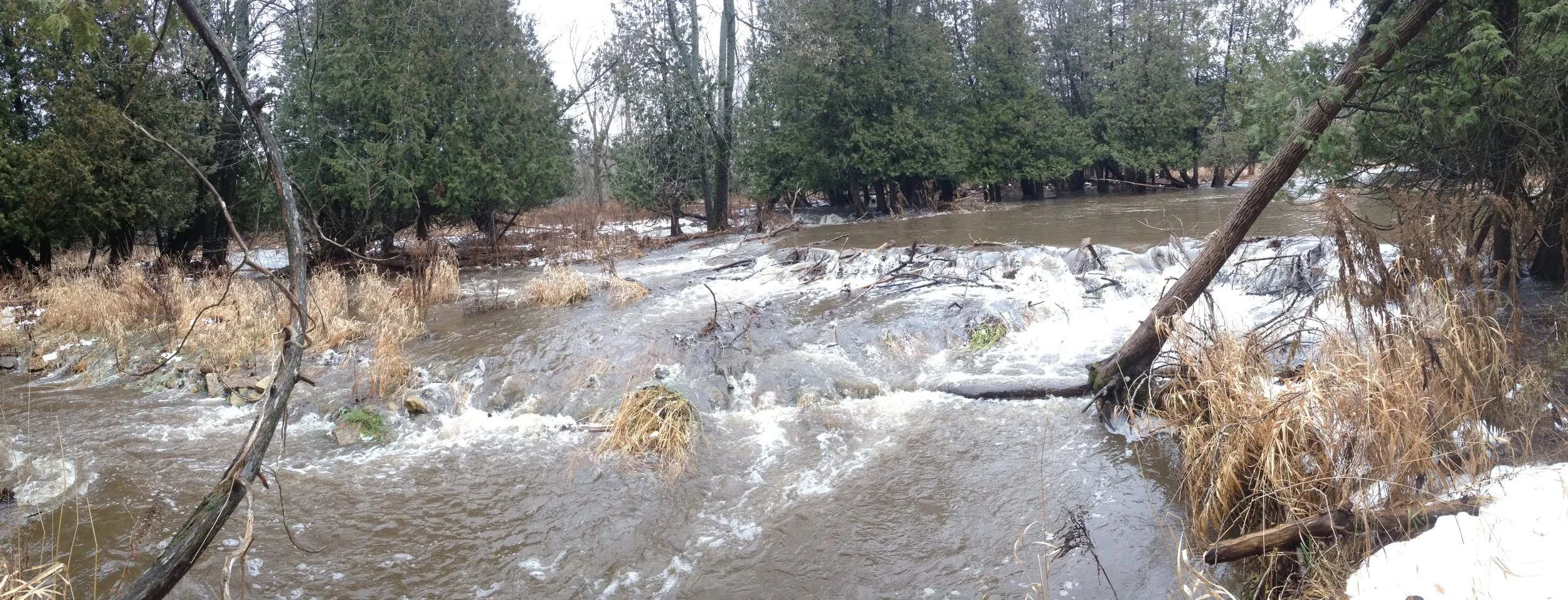
Boyne Valley Tracking Journal, 11.12.2021
Once the two of our crew had returned from bringing a car to the next road over, we began our journey through the Boyne Valley, North of Orangeville. I had been there before. The last time was 2019 with my second year of the apprenticeship. It was a great place for trailing White Tailed Deer (Odocoileus virginianus) and was the first place I had ever seen Northern River Otter (Lontra canadensis) tracks. I was stoked to be back.

Scapulae pt. 1
Detailing the scapulae I find, where I find them, and who they likely belonged to. I hope to turn this archive into a zine someday, and will make an effort to return to post more images or perhaps just make new posts as I go.

Tracking journal December 13, 2020
I got out of the car and began making my way to the woods. There are some areas on the way where I am sure it would be preferred I not go, but this was the fastest, safest way so I was quick and discrete. As I climbed a bit of a gravel hill I got to the slope of the hill, where one side of the property is bounded by a Cedar tree line. As I came down I was looking lightly but most just making my way back towards the woods, when I came across a set canid of tracks.
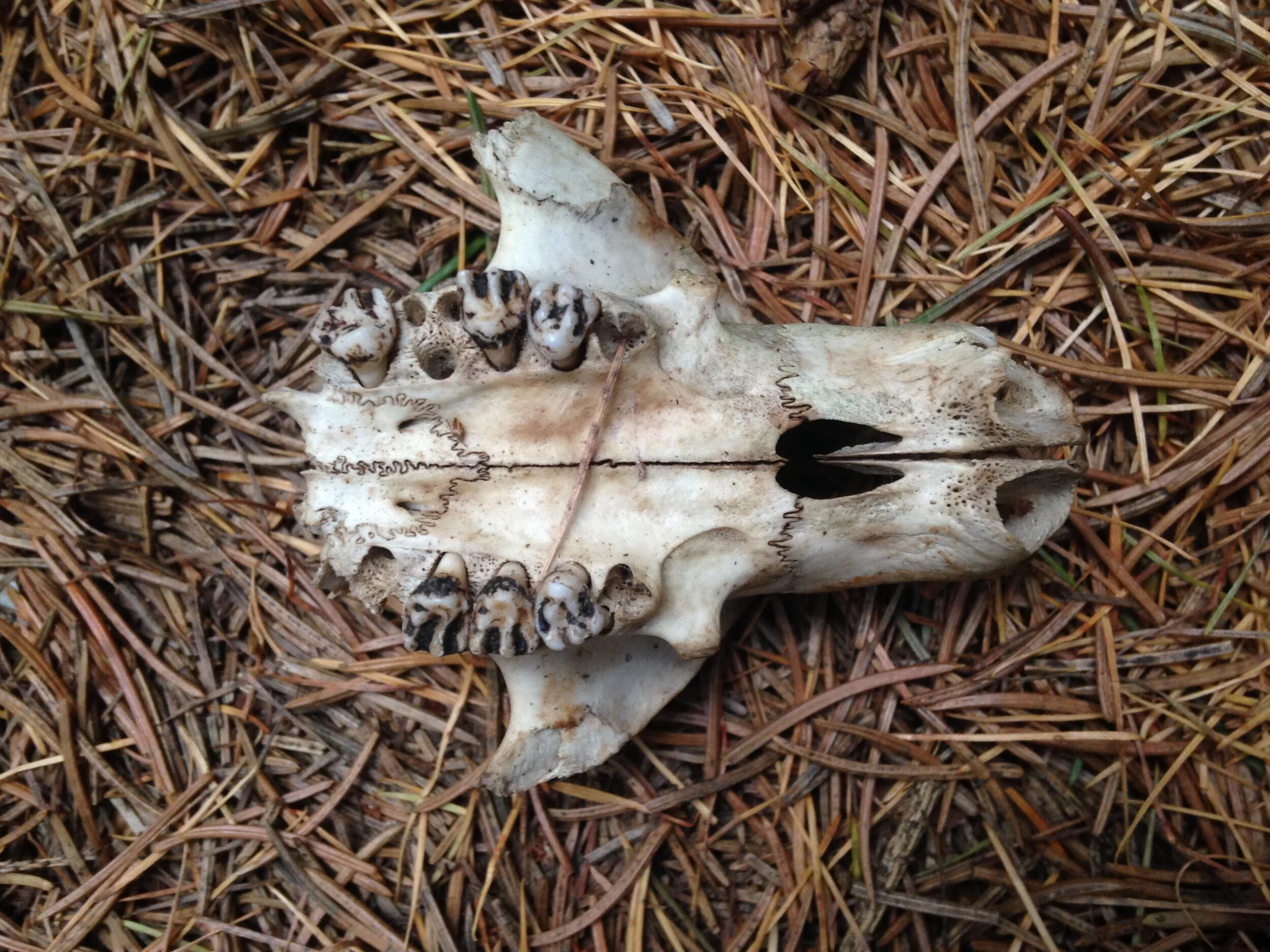
Exploring the Eramosa River Valley, Nov. 21, 2020
Today some pals and I went out for a couple of hours along the Eramosa River Valley. It’s always nice to explore the wilder edges of the common places we know, and even better with others. Others will see things I’d miss, and I may be able to contribute to the conversation with things I have been learning about. Together we get to know the land a little deeper, a little more thoroughly, every time we step out there.
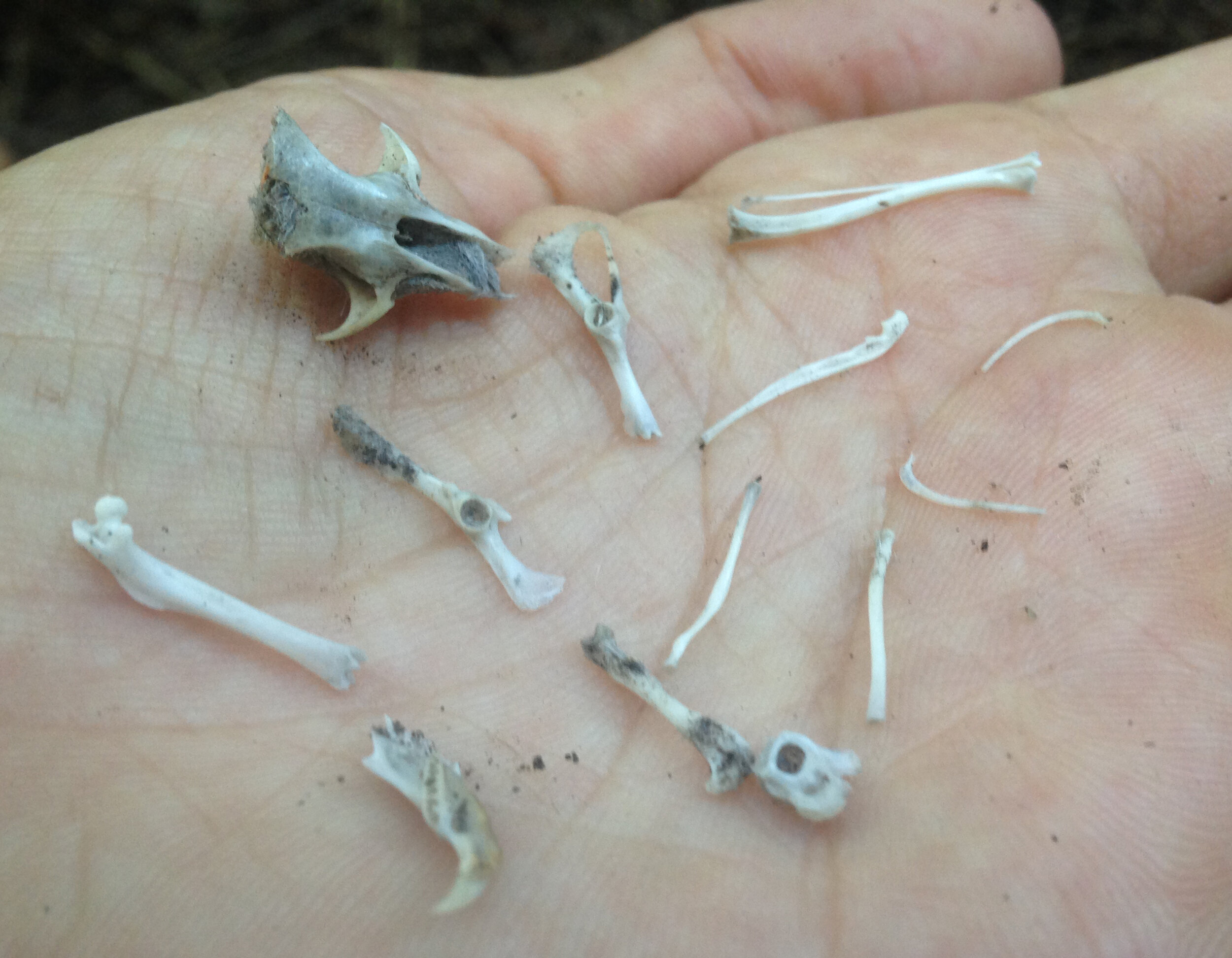
Truffles and the Muskrat Pond
I was sitting on top of the root dome, looking down over the shelf, peering into the soft muddy substrates below me while folks were figuring the story of the tracks out. While they investigated further, I looked around on top of where I was and was grateful that I did as I realized that I had narrowly avoided putting my hand in a moderate pile of Raccoon scat.
